Why Packaging is Important
- 29 October 2018
- ByBig Cartel
- 8 min read
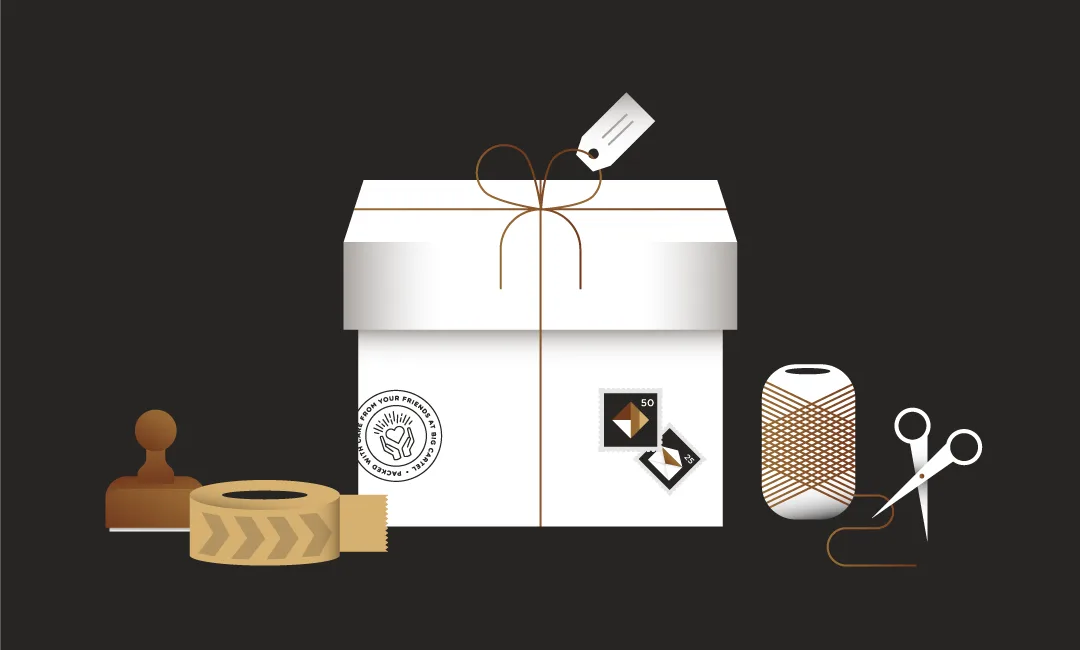
Great products are at the center of every successful business, but the first thing your customers will see and touch is your packaging.
By packaging your products well, your customers will have an experience they'll want to repeat and recommend to their friends.
When we talk about packaging, we're referring to everything that accompanies your product when it reaches your customer. As you choose packaging, you're making sure your product arrives in one piece, but you also have an opportunity to create an experience that resonates with the person behind the order. Read on for tips to help make the experience of opening your package special.
What Makes Great Packaging
Depending on what you sell, who your customers are, and your own personal preferences, packaging will vary from shop to shop. But no matter the seller, all great packaging shares some common elements:
Identifies the contents
Adds value
Helps create a cohesive product line
Gets it there safely
Creates an emotional connection
Helps your customer get the most out of the product
Does your packaging check everything off the list? If you're not sure, it might be time to step up your packaging game.
Product Packaging, Shipping Packaging, and Extras
It's helpful to break down packaging into three parts: product packaging, shipping packaging, and extras. When you treat them all as equally important, the final packaging will set your brand apart from ones that use simple envelopes and generic packing slips.
Product packaging is everything that accompanies a product like a jar, sticker, or tag. Boxes, tape, and shipping labels are, obviously, your shipping packaging. Extras like a business card with a discount code, freebies, and return labels are non-essential items that can be the difference that makes a one-time buyer into a customer for life. All three parts contribute to the experience you are creating.
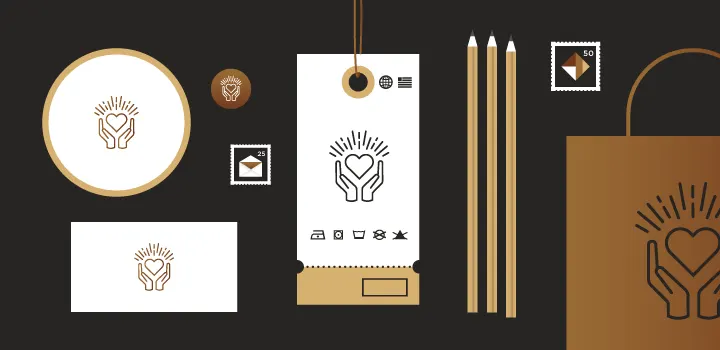
Presentation and Branding as Marketing
In a time when many online orders are picked and packed by robots, independent small businesses have an opportunity to create a unique connection between maker and customer. So play to your strengths and use your passion and craft to create a memorable experience. Your customers will notice that personal touch and you'll find it invaluable in generating future orders and conversations around your brand.
By creating beautiful packaging and a special unboxing experience, you give your customers something to share with their friends. Shares across Instagram, Facebook, YouTube, and Twitter can be an effective way to get your brand noticed. Along with that, including a business card with links to your social media accounts, a discount coupon, and product samples to share with a friend can encourage people to visit your shop again. Word-of-mouth is crucial to keeping customers and finding new ones.
The Cost of Packaging
The price of your product should guide your packaging choices. More expensive products provide a little more margin for packaging and can make higher shipping costs feel more reasonable for your customers. Fragile and large or heavy items might have special packaging needs that increase your costs.
When deciding how much to spend on packaging, it's helpful to consider the product, shipping, and extras separately.
Build the product packaging costs into the price of your product. Whether you sell in person, wholesale, or online, you need to cover the costs that won't change like tags or boxes.
When calculating shipping rates, consider including the cost of your shipping packaging. You can get specific with your shipping rates, or work out a nice flat rate that generally covers most of your expenses. Depending on your products, consider which will make the best experience for your customers.
Any extras you put in the order should be thought of as a small investment in your marketing and future customers.
Keep in mind that your packaging choices may affect your shipping costs. A bigger, heavier package is more expensive to ship. Every addition to your product or packaging should be adding value, not creating waste or unnecessary costs.
One more consideration: think about how much time it'll take to package and ship. If it's the end of a long day and you skip all of your cool packaging to get 10 boxes out the door, all your planning goes to waste. Make sure it's something you can commit to doing every time.
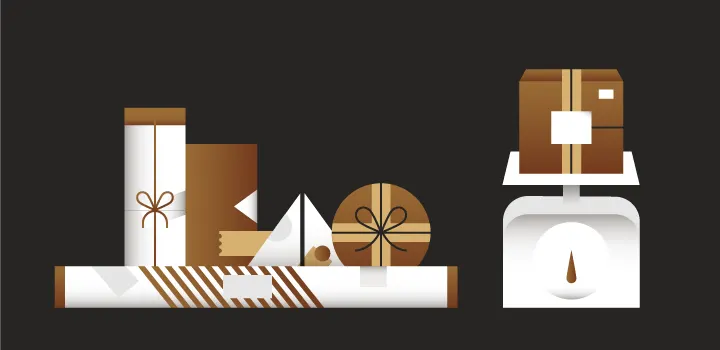
Picking the Right Packaging for You
Experiment with a few ideas that tie your products together and fit with your branding. Make sure they're within budget and present your product in the best light. Take inspiration from your favorite shops and try to break down what makes their packaging special. Research suppliers and browse their product lists. Many companies such as Packlane and Lumi can customize boxes, tape, and more to add to the experience and perceived value of your products.
Once you've got a plan, create an easy system so packaging your products is fun, special, but not too labor intensive.
Bonus points for using recycled paper and other highly recyclable items where possible. Try to minimize the use of things like tape and packing materials while still keeping your products safe. A lot of little choices can add up to a big impact on our environment.
To-do list
Hopefully, you've got some ideas bubbling for how to approach packaging for your brand. Use this list to zero in on your next steps.
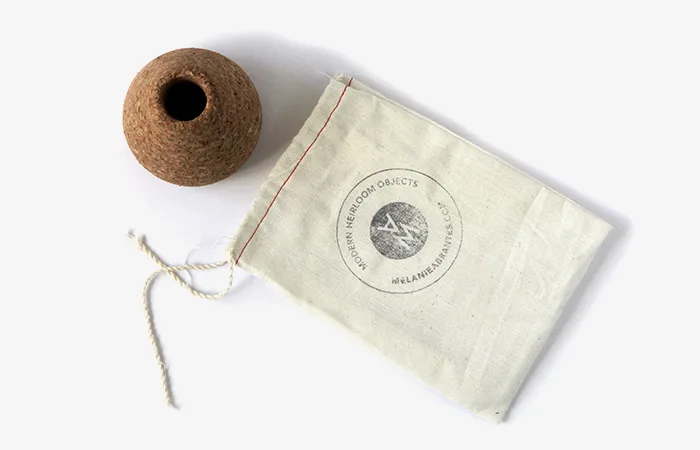
Product packaging
Does it identify the contents?
Does it add value?
Does it help my product line feel cohesive?
Will people want to pull out their phone and take a picture?
Have I included all the information people need to use the product?
Ideas: Use a stamp with your brand name and logo to mark cardboard and papers. Use branded stickers to seal packaging.

Shipping Packaging
Will this get to my customer safely?
Is it easy to open?
Will people love the experience?
Am I covering my costs?
Can I replicate the packaging when I get really busy?
Am I being unnecessarily wasteful?
If I received this package, would I tell my friends about it?
Ideas: Screenprint your logo onto the outside of the box. Use custom tape with your logo. Add a sticker or stamp to the box.
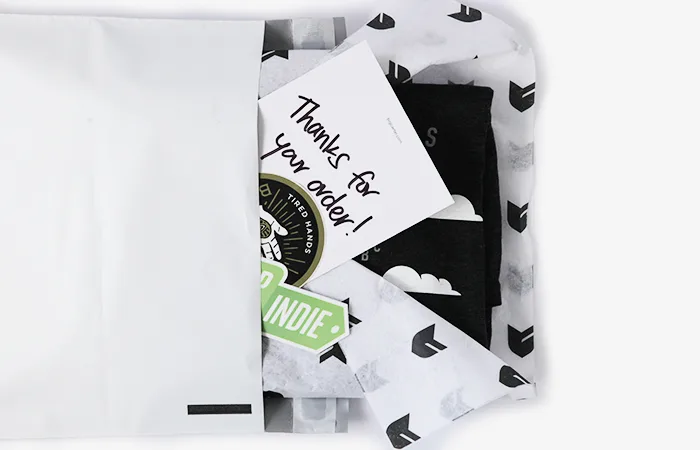
Extras
What great unexpected surprise can I add to the package?
Can I add something to encourage people to stay in touch?
How can I make it personal?
Ideas: Include a free sample for another product from your shop, or slip in stickers, buttons, or a handwritten note.
The most important thing to keep in mind is to create a great experience for your customer. By exceeding expectations, you make your shoppers happy. Happy shoppers means they'll be back to order from you again, and will be more likely to recommend your shop to others. It's the easiest marketing you can do.
More resources
Richard Laing, Sarah Anderson, Dan Christofferson, Anna Brozek, and Andy Newman contributed to this guide.
29 October 2018
Words by:Big Cartel
Tags
- Share